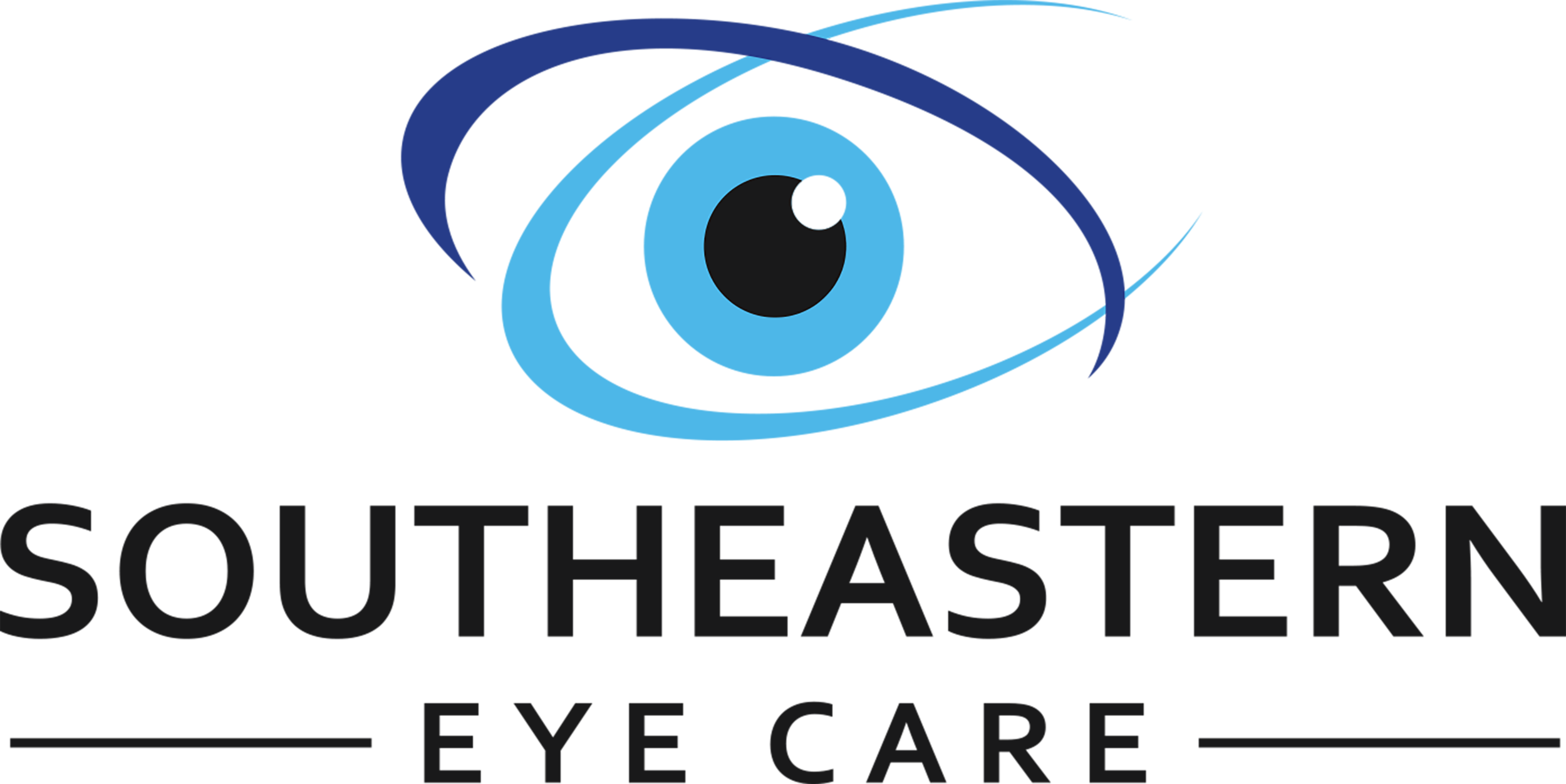What we treat.
Cataract
A cataract occurs when there is a progressive clouding of the eye’s natural lens, causing a decrease in vision. Common symptoms include colours appearing washed out or faded, glare problems/halos may appear around lights and poor night vision. Cataracts are detected through a thorough eye examination by the Orthoptist and Ophthalmologist. Surgery to remove the Cataract is a day procedure which can be performed by one or our specialist at Kingsway Day Surgery in Miranda and Waratah Private Hospital in Hurstville.
Paediatric Eye Conditions
Paediatric Ophthalmology is a sub-specialty of Ophthalmology concerned with eye diseases, visual development, and vision care in children. Common problems effecting children’s vision include Strabismus which is a misalignment of the eyes, Amblyopia (or lazy eye) occurs when the vision of one eye is significantly better than the other eye, and the brain begins to rely on the better eye and ignore the weaker one. Blocked tear ducts, Paediatric Cataracts and Paediatric Glaucoma, Genetic disorders and Congenital malformations affecting vision or the tear drainage duct system. Refractive errors such as Myopia (near-sightedness), Hyperopia (far-sightedness) and Astigmatism can often be corrected with prescriptions for glasses. Children can also suffer from Accommodative insufficiency and Convergence insufficiency which can be assessed and treated with Orthoptic exercises
Diabetic Retinopathy
Patients with diabetes can develop changes in their retina. Although these changes can result in blurring of vision, it can also go unnoticed until the disease is quite advanced. Complications of Diabetic Retinopathy can be serious, and include retinal detachment or bleeding. For this reason, it is important that all patients with diabetes have regular consultations with either an Optometrist or Ophthalmologist. Our Ophthalmologists work together with your Optometrist, Endocrinologist and General Practitioner.
Glaucoma
Glaucoma is the name given to a group of eye diseases in which affects the optic nerve at the back of the eye. In most people this damage is due to increased pressure inside the eye. In other patients, the damage may be caused by poor blood supply to the vital optic nerve fibres, a weakness in the structure of the nerve, and/or a problem in the health of the nerve fibres themselves. Damage to the optic nerve can eventually cause loss of peripheral vision. Advanced stages of this condition could result in tunnel vision. Over 300,000 Australians have glaucoma. While it is more common in older patients, it can occur at any age. Treatment can include a combination of Eye Drops, Laser and surgery, which is usually performed when eye drops and laser cannot adequately lower the eye pressure.
Age-related Macular Degeneration
AMD is the most common cause of vision loss over 65 years. It can present as blurring and/or distortion of central vision. Two forms exist: The “dry” form where there is wearing of the macula, and the “wet” form where there is bleeding. The “wet” form can be treated by injection into the vitreous jelly of the eyeball.
Specialty services include
but not limited to
Micro-incisional Cataract surgery, with premium intraocular lenses and secondary laser treatment combinations, to ensure the best refractive outcomes.
Vision Correction procedures using laser or lens implantation for treating long- or short-sightedness, astigmatism and presbyopia.
Keratoconus management including Collagen Cross-Linking to achieve stability.
Macular Degeneration
Diabetic Retinopathy
Retinal Vascular Disease
Comprehensive Ophthalmology
What is a normal eye?
The eye is easy to understand if you think of it as a camera. When you take a picture the lens in the front of the camera allows light through and focuses that light on the film. When the light hits the film, a picture is taken. The eye works in much the same way. In a healthy eye, the lens is clear and allows light to pass through. Light is focused by the cornea and lens onto a thin layer of tissue called the retina. The retina works like the film in a camera. When light hits the retina, tiny cells collect the light signals, and convert them into electrical signals, which are then sent through the optic nerve and to the brain, where they are processed into the images we see.
Refractive error
If you have a visual problem, the first thing to determine is whether the problem is caused by a refractive (focusing) error, or if there is an underlying medical condition.
Short-sightedness (or Myopia)
Myopia is when people see near objects more clearly, but distant objects are blurry.
Far-sightedness (or Hyperopia)
Hyperopia, or far-sightedness means you can see distant objects very well, but have difficulty seeing objects that are up close.
Astigmatism
Astigmatism is the result of having a corneal surface that is not regular in shape, i.e. shaped like a rugby ball instead of a soccer ball. The eye is unable to focus clearly at any distance because of this irregular focusing surface.
Presbyopia
Presbyopia happens to everyone (usually starting in their mid-forties) and it is not something you can prevent. It is the gradual loss of the ability of the eye to focus on near objects which results in the need for reading glasses. The natural lens and the muscles controlling its movement lose their ability to change the lens shape which shifts the focus from distant objects to near objects. It is important to remember that presbyopia is not considered to be an eye disease. The process occurs gradually over several years. Presbyopia is treated using either spectacle correction through reading or multifocal lenses.
